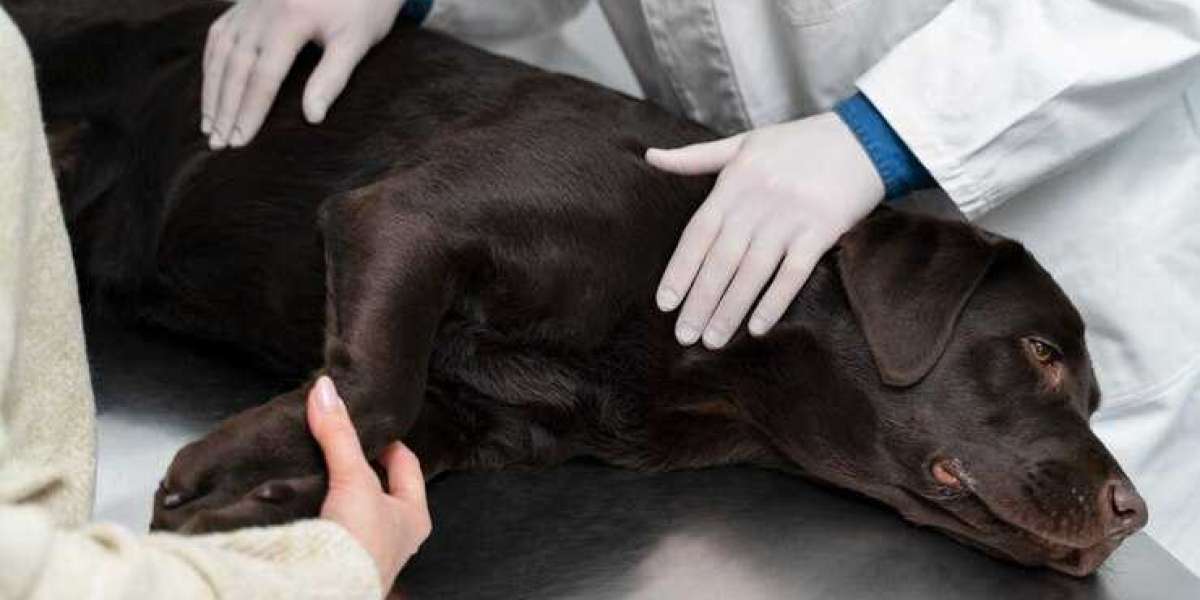Cancer is one of the leading causes of death in dogs over the age of 10 but early detection and the right treatment can make all the difference. With better awareness, improved nutrition, and proactive veterinary care, many dogs live full, happy lives after a cancer diagnosis.
This blog is your guide to understanding cancer in dogs, recognizing the early signs, exploring treatment options, and learning how to reduce risk.
Early Warning Signs of Cancer in Dogs
Catching cancer early often leads to better treatment outcomes. Here are symptoms pet owners should watch out for:
• New lumps or bumps under the skin
• Sudden weight loss or appetite changes
• Persistent fatigue or low energy
• Difficulty breathing or coughing
• Sores that don’t heal
• Unusual odors from the mouth or ears
• Lameness, limping, or stiffness
• Abdominal swelling
• Bleeding or discharge from any opening
Tip: If you notice any of these symptoms, schedule a vet visit right away.
Why Do Dogs Get Cancer?
Cancer is caused by abnormal cell growth. While the exact trigger can vary, here are some key risk factors:
• Age:Older dogs have a higher risk due to cell mutation over time.
• Genetics:Some breeds like Golden Retrievers, Boxers, and Bernese Mountain Dogs are more prone.
• Reproductive Hormones:Spaying and neutering at the right time lowers risk of reproductive cancers.
• Environmental Toxins:Exposure to smoke, pesticides, and chemicals may increase risk.
• Diet and Lifestyle:Poor nutrition and obesity are linked to chronic diseases, including cancer.
Most Common Types of Cancer in Dogs
• Lymphoma:Affects immune cells and lymph nodes; often treatable.
• Mast Cell Tumors:Skin tumors that can vary in severity.
• Osteosarcoma:Aggressive bone cancer common in large breeds.
• Melanoma:Usually found in the mouth or paws; may spread quickly.
• Hemangiosarcoma:Fast-growing cancer of blood vessels, usually in the spleen or heart.
• Mammary Tumors:Common in females not spayed early.
Treatment Options for Dogs with Cancer
Treatment depends on the cancer type, location, and stage. Your vet may recommend:
• Surgery:To remove localized tumors
• Chemotherapy:Targets cancer cells systemically
• Radiation Therapy:Destroys tumor cells in specific areas
• Immunotherapy:Boosts the body’s natural defenses
• Holistic support:Includes nutrition, supplements, and pain management
A treatment plan is usually tailored to your dog’s condition and quality of life goals.
Preventive Care: Can You Reduce the Risk of Cancer in Dogs?
While you can’t guarantee prevention, these lifestyle practices significantly lower risk:
• Feed clean, nutrient-rich food: Avoid fillers, by-products, and chemical additives.
• Maintain a healthy weight:Obesity increases inflammation and cancer risk.
• Daily exercise:Supports digestion, immunity, and mental health.
• Limit toxin exposure:Use natural cleaning products and avoid pesticides.
• Regular vet checkups:Annual screenings help detect early changes.
• Stay up to date on vaccinations preventatives:To support overall health.
BLEP Foods: Nutrition That Supports Healing Health
At BLEP Foods, we believe every dog deserves food that heals, not harms. Our fresh, vet-formulated recipes are rich in real ingredients, antioxidants, and immune-boosting nutrients supporting your dog’s fight against chronic illness, including cancer.
Final Thoughts: Be Proactive, Stay Hopeful
Hearing that your dog has cancer is heartbreaking but it doesn’t have to be the end. With early detection, medical care, and the right lifestyle support, many dogs go on to enjoy quality years ahead.
Your pet relies on you stay informed, stay alert, and give them the healthiest, happiest life possible.


